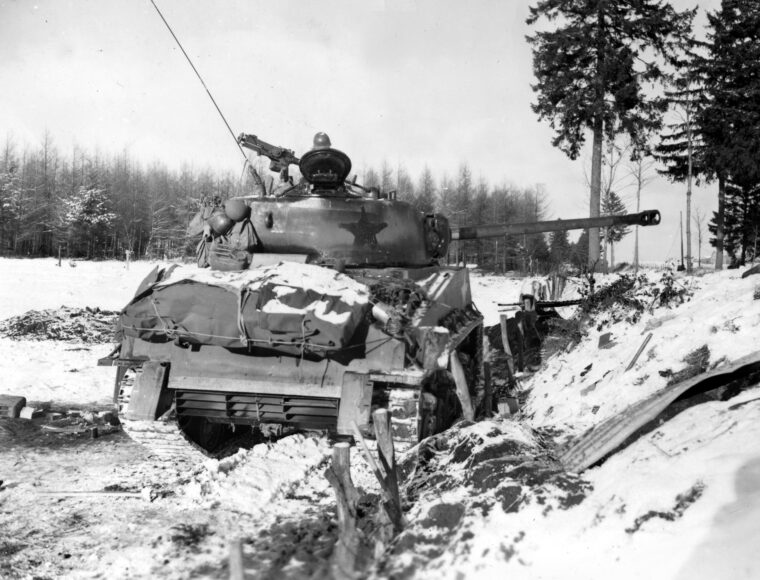
WWII
Deadly Drive to Bastogne
By Christopher MiskimonPrivate Bruce Fenchel was writing a letter home when his first sergeant burst into the barracks room. “Pack your duffel bags and get ready to roll,” the NCO said ominously. Read more
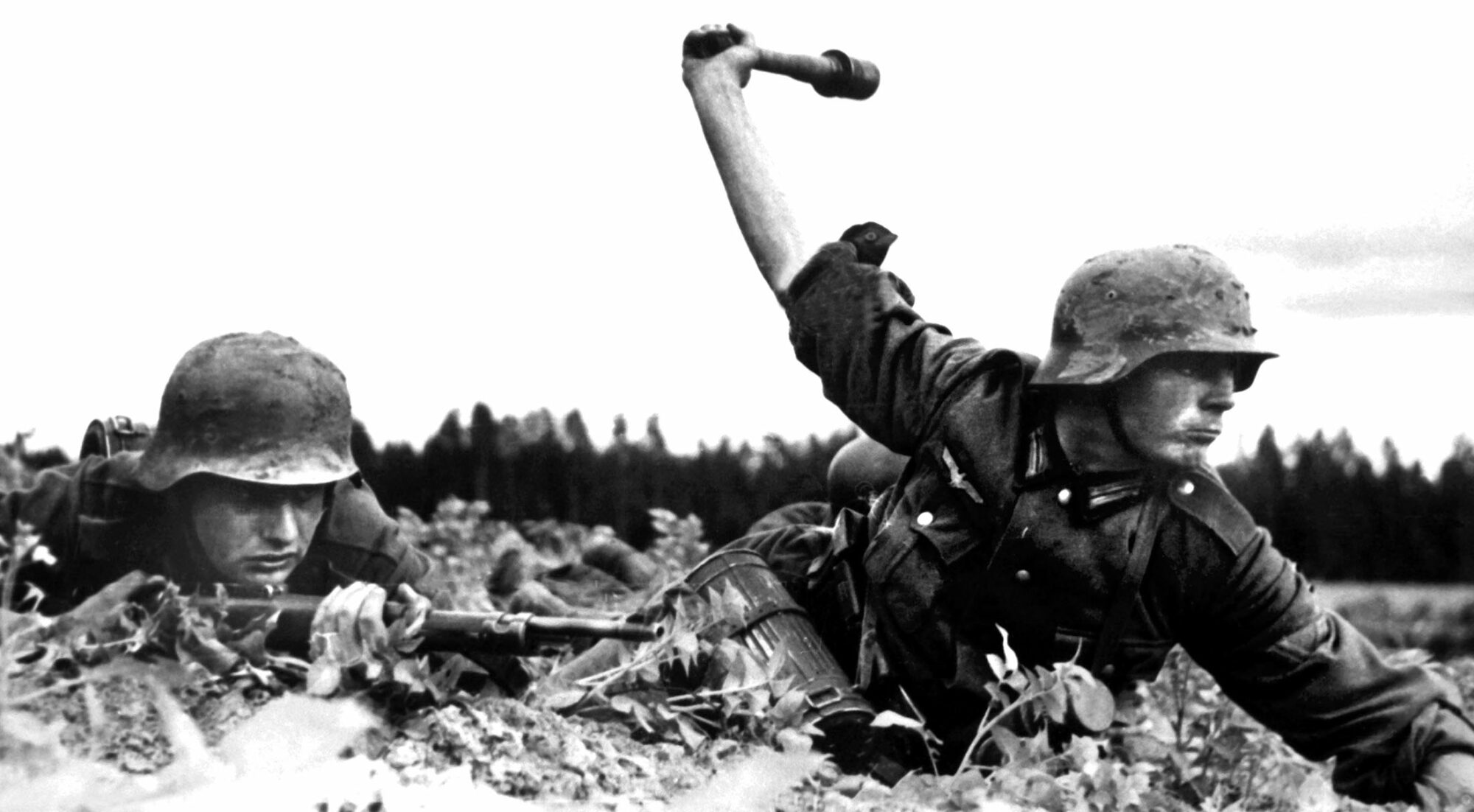

WWII
Private Bruce Fenchel was writing a letter home when his first sergeant burst into the barracks room. “Pack your duffel bags and get ready to roll,” the NCO said ominously. Read more
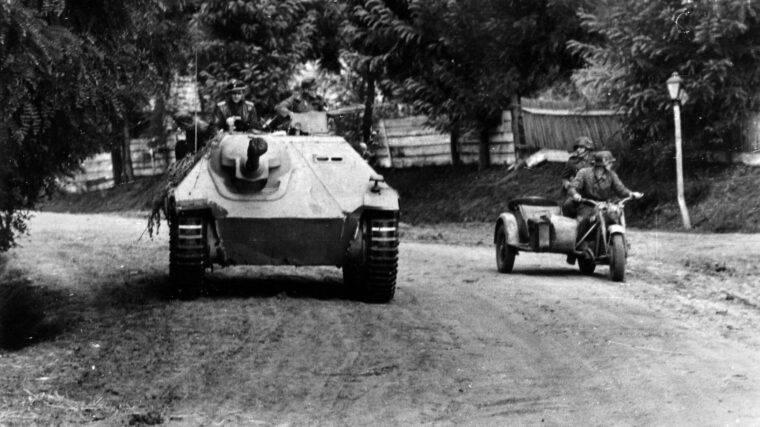
WWII
It became glaringly apparent to the German Wehrmacht in 1943 that it needed a solution to the threat of heavily armored British and Russian tanks whose armor proved too thick for German towed anti-tank guns. Read more
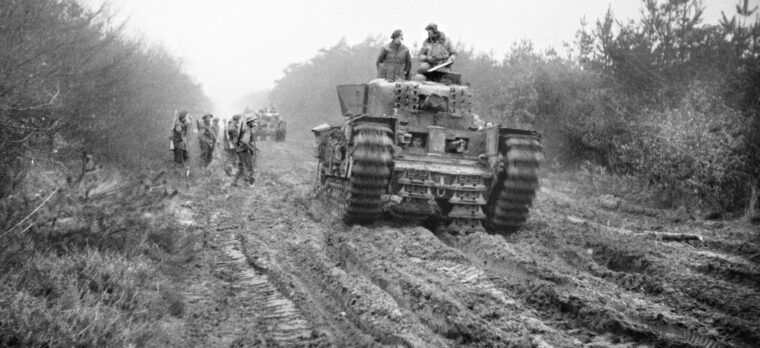
WWII
“In the early hours of 8 February 1945, I climbed into my command post, which consisted of a small platform halfway up a tree,” Lt. Read more
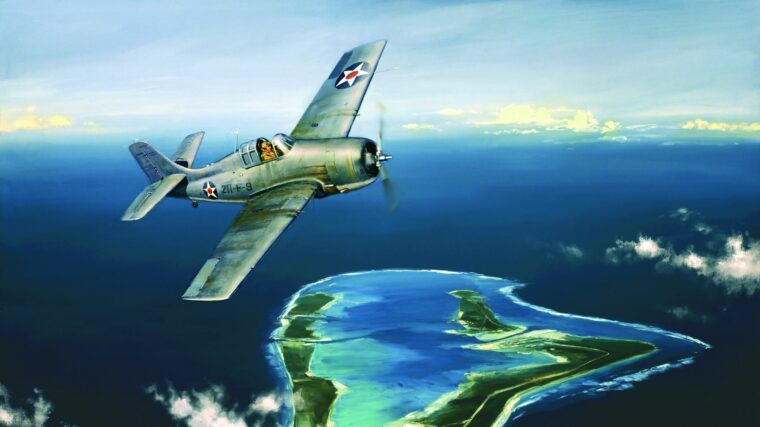
WWII
In this painting by war artist Jack Fellows, Grumman F4F Wildcat fighter pilot Henry T. Read more
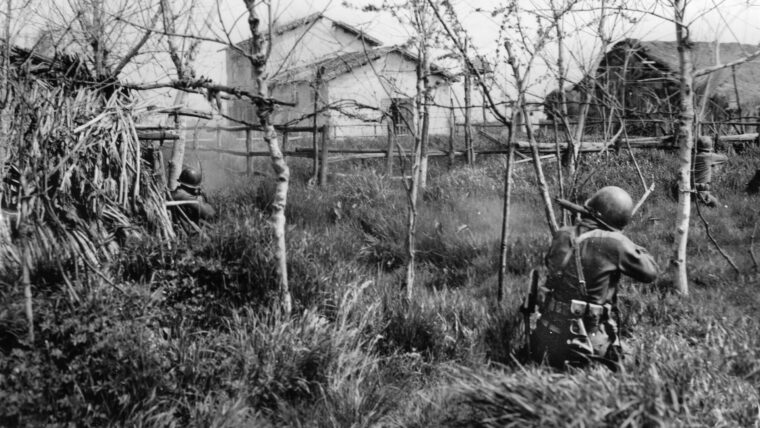
WWII
By Nathan N. Prefer
He was an unknown junior lieutenant colonel when Japan attacked Pearl Harbor, yet by the end of that war he was the youngest major general commanding one of the most famous divisions in the European Theater. Read more
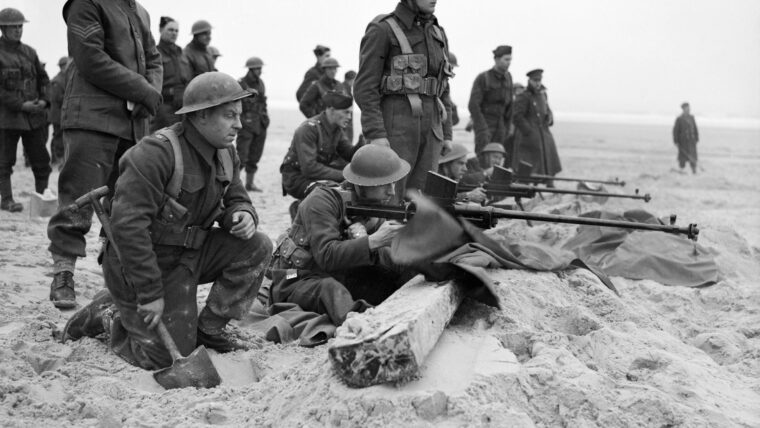
WWII
When the first tanks appeared in World War I, they were relatively lightly armored and protected the crews only against small-arms fire. Read more
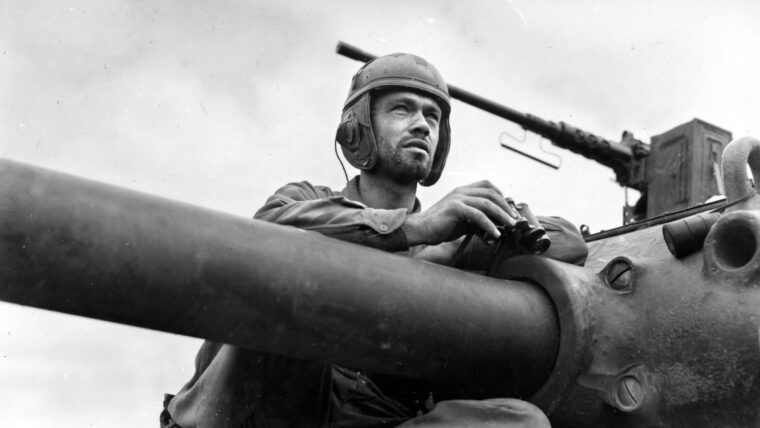
WWII
First Lieutenant James H. Fields, a 24-year-old from Houston, Texas, led the 1st Platoon of Company A, 10th Armored Infantry Battalion. Read more
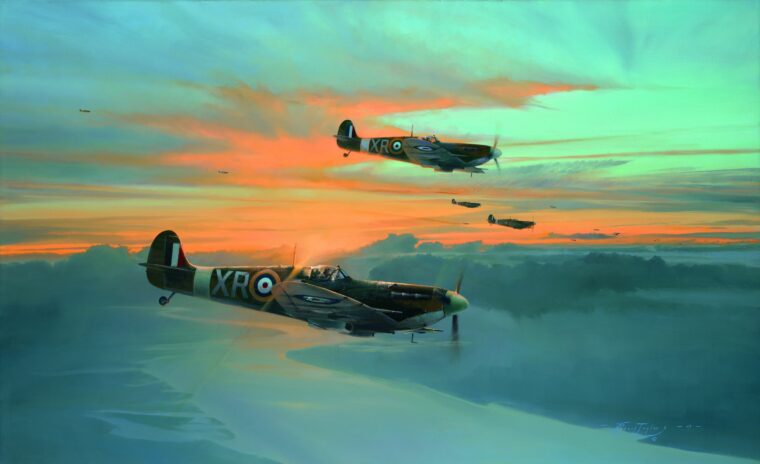
WWII
The “few” who defended Great Britain in the sky during the days it stood alone against Hitler would have been hundreds fewer without the volunteers from outside the British Empire. Read more
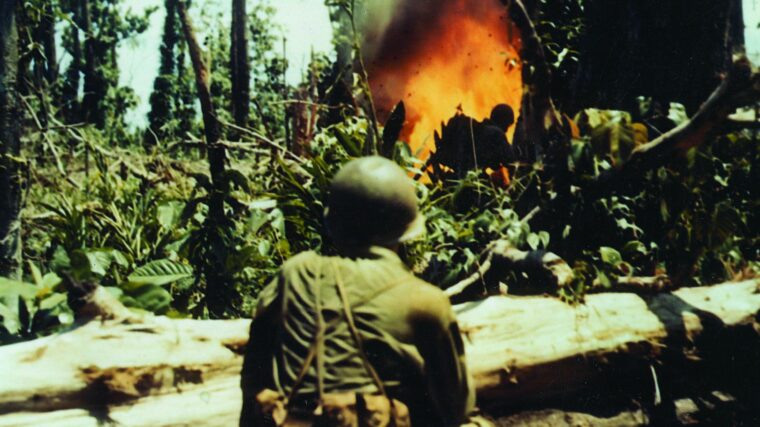
WWII
When it came to the global war against tyranny, America’s blacks would not be denied a stake in the action. Read more
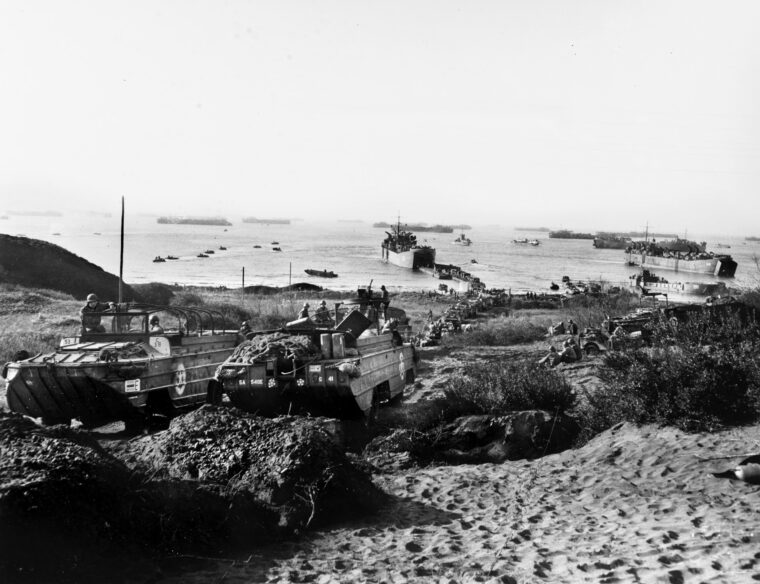
WWII
For the Americans of 2nd Battalion, 13th Armored Regiment, their arrival at Anzio in early May 1944 was anything but heartening. Read more
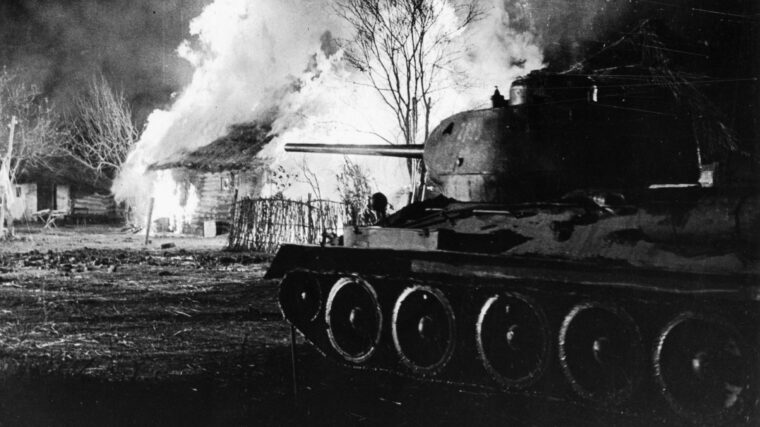
WWII
On the morning of July 12, 1943, a climactic engagement of the Battle of Kursk was about to take place. Read more
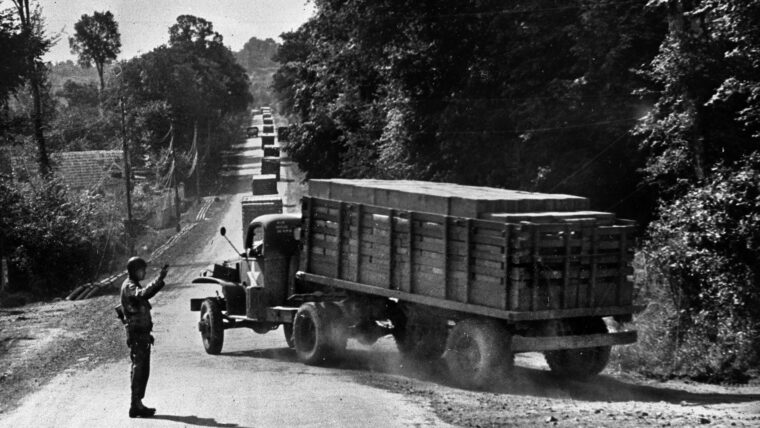
WWII
By Dante Brizill
In a message to the Red Ball Express in October of 1944, Supreme Commander Dwight D. Eisenhower wrote, “To it falls the tremendous task of getting vital supplies from ports and depots to combat troops, when and where such supplies are needed, material which without armies might fail. Read more
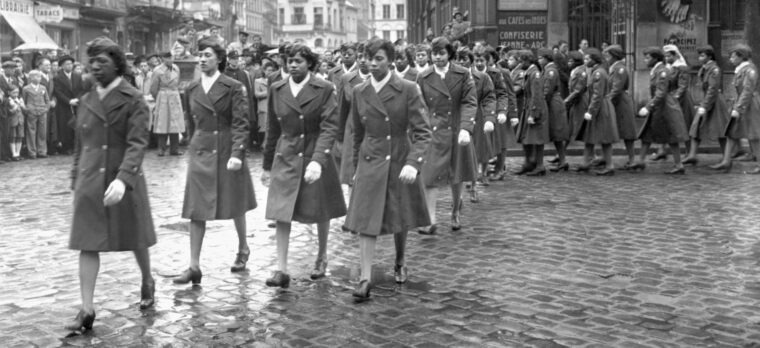
WWII
The German V-1 flying rocket, packed with 1,870 pounds of explosives, buzzed over Birmingham, England, until its pulsing engine cut out. Read more
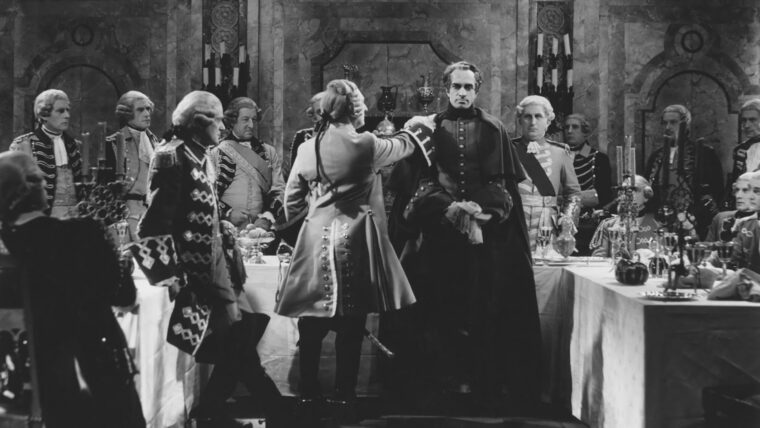
WWII
On September 8, 1940, a new German movie, Jud Suss, premiered at the Venice Film Festival. It opened to rave reviews and received the Golden Lion award. Read more
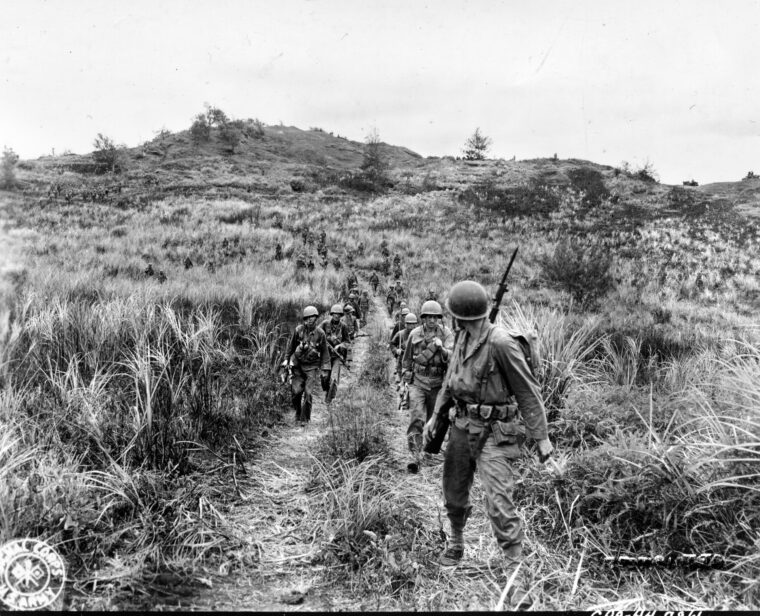
WWII
Staff Sergeant Chester B. Opdyke, Jr., crouched down at the tree line. He could see his objective, a crossroads village named Barrigada, shimmering in the hot August sun across a large open field just 300 yards away. Read more

WWII
The fundamental pillars of war—strategy and tactics— inevitably depend on an imponderable and uncontrollable factor: the weather. With the increasing sophistication of weather data gathering, analysis, and forecasting in the early 20th century, predicting the weather became an integral part of World War II. Read more
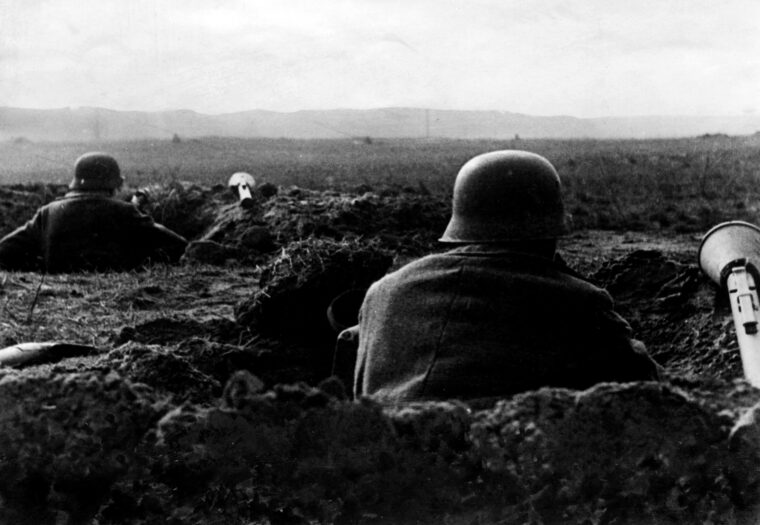
WWII
For Soviet Premier Josef Stalin and the people of the Soviet Union, the capture of Berlin was of great political and symbolic importance. Read more
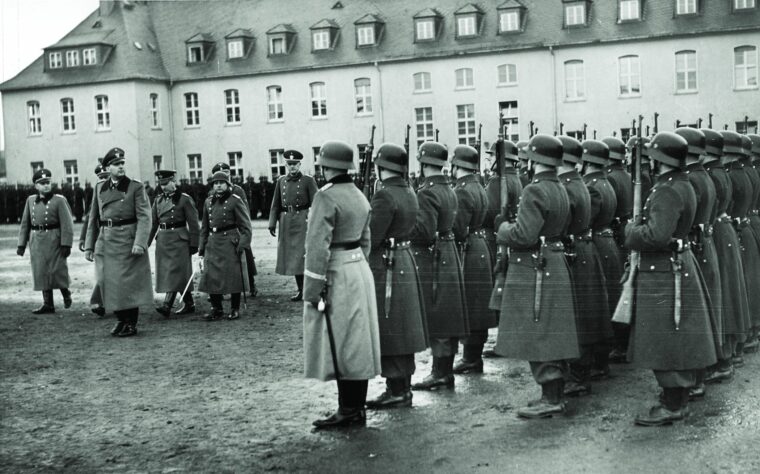
WWII
A challenging but rewarding pursuit for collectors of World War II headgear is the acquisition of authentic helmets worn by military and civilian organizations of the Third Reich. Read more
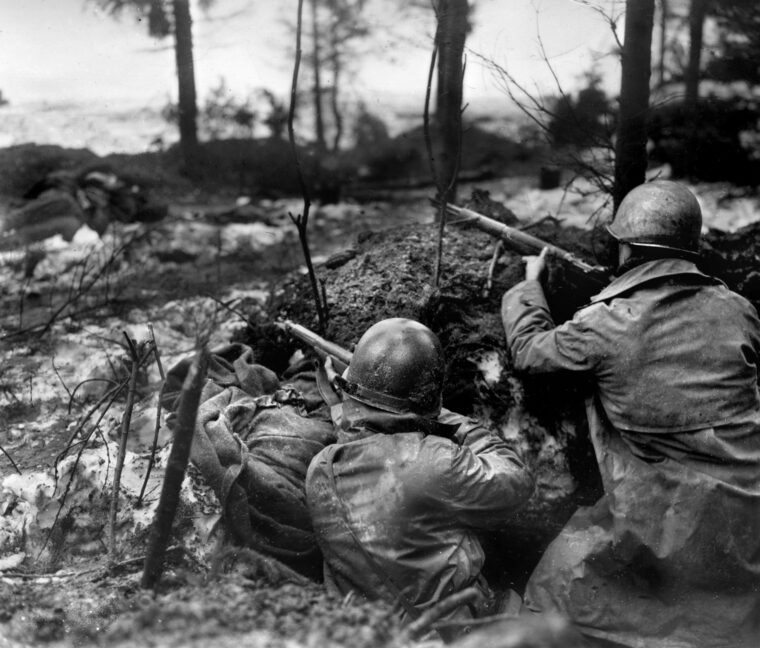
WWII
After D-Day, the Allied armies slowly advanced across Europe and pushed the German army back. Paris was liberated on August 25, 1944, the Belgian capital of Brussels fell on September 3, and the important port of Antwerp was taken two days later. Read more
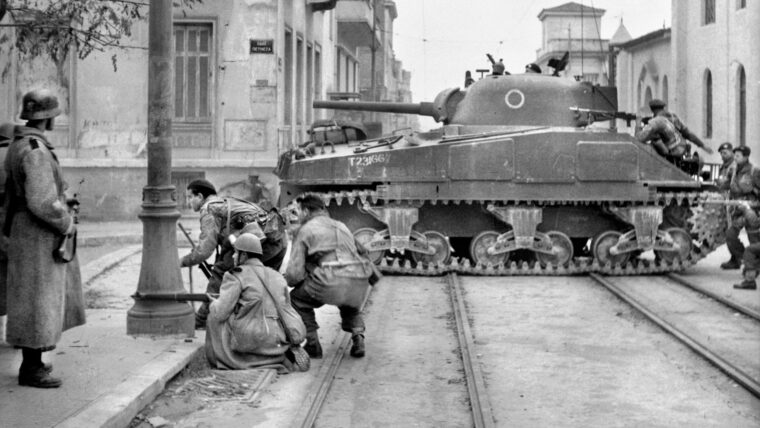
WWII
“No other two races have left such a mark on the world” as the Jews and the Greeks, British Prime Minister Winston Churchill once wrote. Read more